On-Roof Installation
On-roof solar panel installation refers to the practice of mounting solar panels on top of an existing roof structure. It is the most common and widely used method for residential and commercial solar installations.
Key Points About On-Roof Solar Panel Installations
1. Mounting: On-roof solar panels are typically mounted on racks or frames that are secured to the roof surface. The racks can be installed using various methods, such as ballasted (weighted down), attached with screws or brackets, or integrated into the roof structure.
2. Roof Compatibility: On-roof solar panel installations can be done on various types of roofs, including asphalt shingle, metal, tile, or flat roofs. The mounting system used will depend on the specific roof type and structure. In some cases, additional reinforcements or modifications may be required to ensure proper installation and structural integrity.
3. Orientation and Tilt: The orientation and tilt of on-roof solar panels are important considerations to maximize energy production. In most regions, it is ideal to orient the panels towards the south (in the Northern Hemisphere) or north (in the Southern Hemisphere) to capture the maximum amount of sunlight. The tilt angle is typically adjusted based on the latitude of the installation location.
4. Wiring and Connections: On-roof solar panel installations require proper wiring and connections to transfer the electricity generated by the panels to the electrical system of the building. This involves connecting the panels in series or parallel configurations, installing conduit for the wiring, and connecting to the inverter, which converts the DC electricity from the panels into usable AC electricity.
5. Permitting and Codes: Before installing on-roof solar panels, it is important to check local regulations, obtain necessary permits, and comply with building and electrical codes. Local authorities or solar installers can provide guidance on the specific requirements in your area.
6. Maintenance: On-roof solar panels generally require regular maintenance, including cleaning to remove dirt and debris, inspection for any damage or shading issues, and monitoring of system performance. It is recommended to follow the manufacturer’s guidelines and consult with professionals for any maintenance or repairs.
On-roof solar panel installations offer advantages such as relatively lower installation costs compared to in-roof installations, flexibility to retrofit existing roofs, and the ability to easily replace or upgrade individual panels if needed. It’s essential to engage with reputable solar installers who can assess your roof’s suitability, design an optimal system, and ensure proper installation for maximum energy production and longevity.
Make Enquiry
Please fill in your details below and we will be in touch as soon as possible
